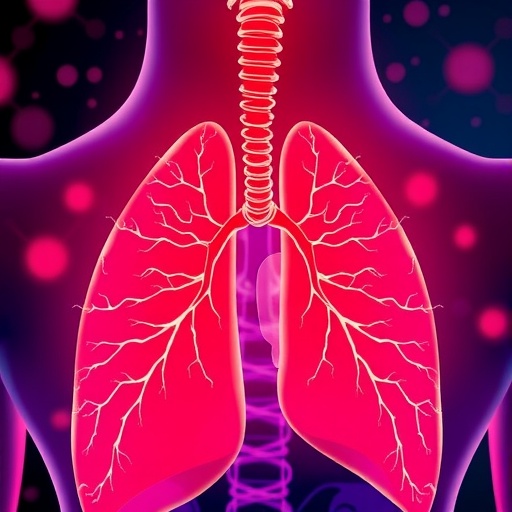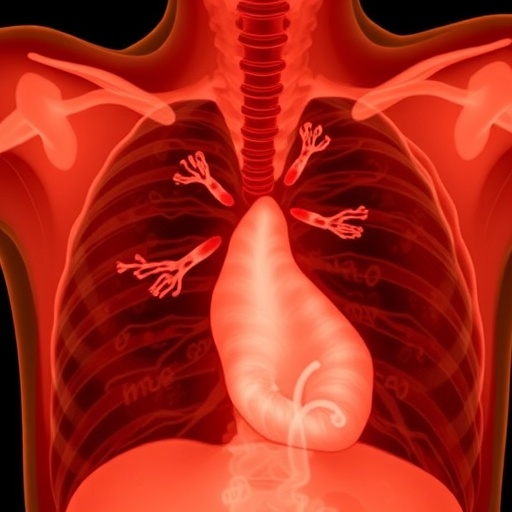Tanning addiction plagues teenage minorities in Los Angeles, and that dependency is associated with marijuana abuse, obsessive-compulsive disorder and other mental health issues, a Keck School of Medicine of USC study reports.
For decades, tanning and tanning addiction was thought to be a problem prevalent almost solely among white, college-age women; however, research by USC's Kimberly Miller and others are beginning to dispel that myth.
"Tanning addiction is not limited to white people, and it's not limited to college-age students," said Miller, lead author of the study and an assistant professor of clinical preventive medicine and dermatology at the Keck School of Medicine. "It's clearly starting really young, and it's not something we've been paying enough attention to considering melanoma has been on the rise for the past three decades."
The study, published in the Journal of Investigative Dermatology, asked 2,637 11th-grade students in Los Angeles to answer a tried-and-tested survey called the "modified CAGE." About 7 percent of the sample met tanning addiction criteria.
"Seven percent doesn't sound like a whole lot, but it is when you consider that these teens are only 16- to 17-years-old, and addiction tends to get worse over time," Miller said. "There is a lack of attention or services for people who are addicted to tanning, particularly for people of color."
Are teens more addicted to tanning than smoking?
Putting it in context, 8 percent of U.S. high school students reported smoking a cigarette in the past 30 days, according to federal health data. This statistic counted teens who smoked in the past month, but smoking a few puffs, say once, does not indicate addiction.
"It's possible that more teens in Los Angeles are addicted to tanning than they are to smoking, yet education about the dangers of problem tanning aren't emphasized nearly enough in schools, and certainly aren't targeted to minorities," Miller said.
The dangers include melanoma as well as associated negative behaviors and psychological conditions. Teens who reported marijuana use and obsessive-compulsive disorder symptoms were more than twice as likely to meet tanning addiction criteria, the study found.
Native Hawaiian and Pacific Islanders had the highest prevalence of tanning addiction (10.5 percent) while Asian and Asian-American students had the lowest prevalence of tanning addiction (4.3 percent).
Tanning releases a natural opioid
About 91,270 new melanomas are expected to be diagnosed in 2018, according to the American Cancer Society. A recent study found that melanoma is the second most common form of cancer among 15- to 29-year-olds.
Indoor and outdoor tanning increases the risk of melanoma and other skin cancers. But people continue to tan, Miller said, because of American societal views of beauty and wealth and because of the little-known fact that tanning stimulates the production of endorphins, a natural opioid that improves mood.
With each additional drug substance used, the likelihood of tanning addiction increased by 67 percent for teenagers, the study reported. And for each additional psychological symptom teens had (panic disorder, bipolar disorder, depression etc.), the likelihood of tanning addiction increased by 30 percent.
The questions used to determine tanning addiction included:
- Have you ever felt you needed to cut down on your tanning?
- Have people annoyed you by criticizing your tanning?
- Have you ever felt guilty about tanning?
- Have you ever felt you needed to tan first thing in the morning?
Seventeen states, including California, have enacted indoor tanning bans for people under 18. Yet nearly 2 million U.S. high school students continue to tan indoors each year, the study said, citing research by others.
Although the study noted that tanning addiction, substance use, obsessive-compulsive disorder and other mental health disorders occurred together, Miller said it is unclear which came first: tanning or negative behaviors and psychological conditions. It could be that teens are self-medicating to treat psychological conditions like anxiety by tanning, Miller said.
###
Sarah Piombo, Junhan Cho, Shauna Higgins, Ashley Wysong, Steve Sussman, Myles Cockburn and Adam Leventhal from the Keck School of Medicine also contributed to the study.
The study was completely funded by the federal government in grants totaling $3 million from the National Institute on Drug Abuse, an institute of the National Institutes of Health.
Media Contact
Zen Vuong
[email protected]
213-300-1381
@USC




